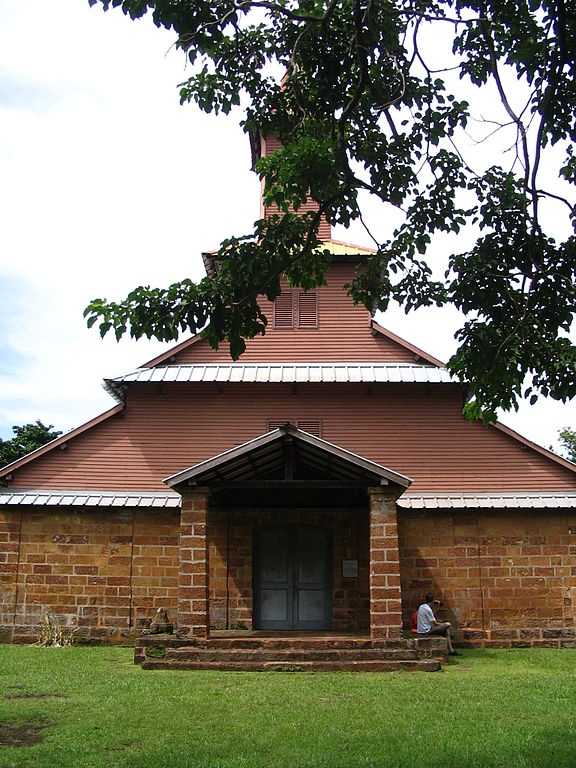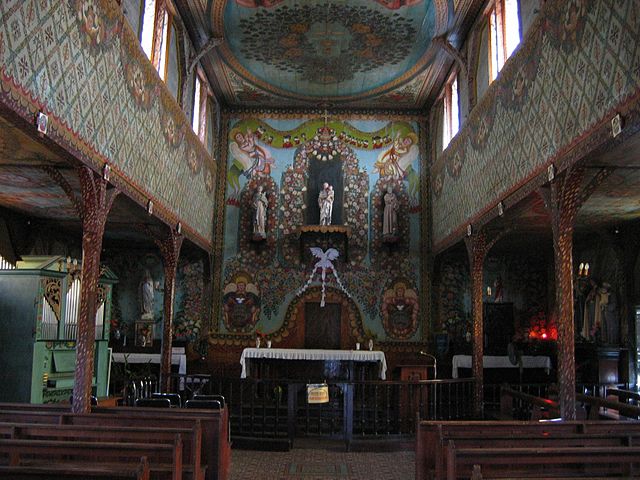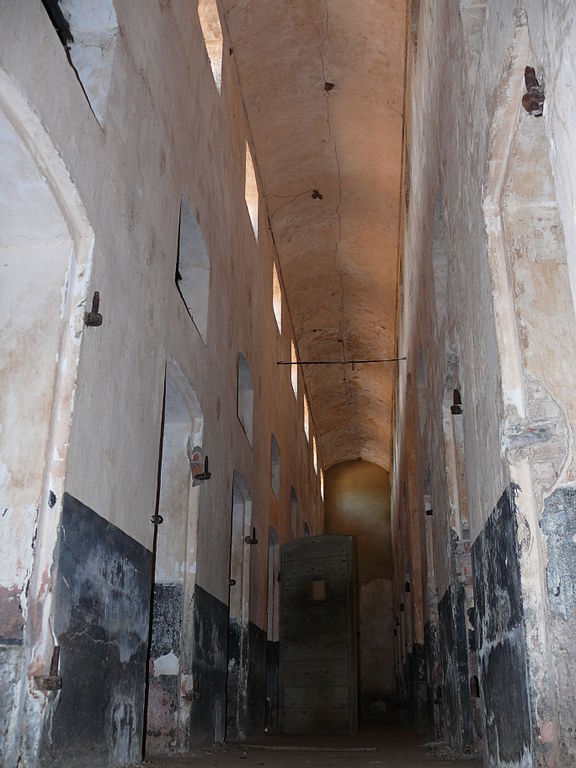
French Guiana
I’ve come, and I don’t want to leave. What a country! A paradise for nature lovers. If you like adventure and wide open spaces, you’ll have come to the right place.
A luxuriant forest inhabited by all sorts of animals which you will be able to discover in complete safety with a professional guide. For the traveler who likes a bit of lazing around, there are deserted sandy beaches where you can sunbathe. If fishing is your cup of tea, both the sea and the rivers have abundant stocks of fish. If you like shopping, souvenir ships and ready-to-wear boutiques will keep you happy. In the evening, choose from among restaurants specializing in Chinese, French Guianese and French cuisine.
I couldn’t begin to tell you everything; you’ll have to come and see for yourself.
In short, a French department that’s well worth a visit.
The City of Cayenne
The history of the city of Cayenne goes back to the year 1643, with the new company of Rouen led by Poncet de Brétigny. In this year the latter acquired from the Indian Chief Cépérou the hill which today bears this name. Another Indian Chief, Cayenne, was to give his name to the village which would be founded at the foot of the hill.
Fort Caparou
This site was first inhabited by the Amerindians. The Fort was built in 1643. It retained the name of the Amerindian Chief Caparou where he had a view which extended far to the North, to the East towards the ocean and to the South-West over the Cayenne River. In this way, he could be alerted to the approach of ships by semaphore from the ilet le Pire, which had become an essentially military sector and a place charged with history from where the city developed. This fortification was designed by Vauban and made it possible to monitor the entrance to Cayenne’s natural harbor.
La Place des Palmistes
This was originally a laid-out area called “La Savanne”. After the great town planning works of 1821, this place became the Place de l’Esplanade. In the middle of the square stands the statue of Felix Eboua.
The Thamire House or the Bar des Palmistes
The Bar des Palmistes was established in a beautiful house which is evidence of the kind of buildings constructed by the middle classes in nineteenth-century Cayenne (classed as a historical monument).
The former Prefecture
Located in Place Laopold Hader, this former house of the Jesuits was built in 1749 under the order of the superior Philippe d’ Huberbland. From 1800, the old Jesuit monastery became the government office and then the Prefecture’s Office when the territory became a d apartement in 1947. Since 1982, the building has been the office of the Prefecture de Ragion (Regional Prefecture). Due to its situation and the rich history it embodies, this building represents a piece of heritage of the first order. (Listed in the Supplementary Inventory of Historical Monuments).
The Montravel Fountain
Located opposite the Prefecture’s Office, on square L. Hader, this fountain was unveiled in April 1867 and named after the 41st governor of Guiana, Tardy de Montravel. This also marked the arrival of drinking water in Cayenne, harnessed in the lakes of the Rorota which supplies the city through four fountains: the Dumez Fountain (which was located on the corner of avenue de Gaulle and rue du 14 juillet), the Merlet Fountain (which occupied the site of the Felix Eboua monument), the fountain which is still on the corner of bd. Jubelin and avenue de Gaulle, and of course the Montravel fountain.
The Franconie building
This building located in the centre of Cayenne, on a corner of the Place des Palmistes, is of wooden construction and was erected in the nineteenth century by the Franconie family. Today, it houses the local museum and a library. This very simple house is characteristic of traditional Cayenne houses.
The Felix Eboua museum
Located on the rue Felix Eboua in Cayenne and open Monday to Saturday, from 9.00 a.m. to 1.30 p.m
One of the few vestiges of the 18th century fortifications, the old powder magazine occupies the centre of the royal bastion, a few remains of the walls of which can still be seen near the present prefecture and behind the regional council of French Guiana.



